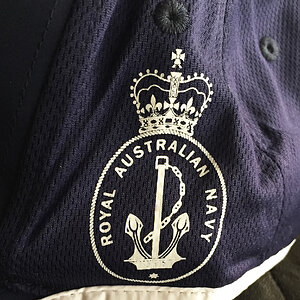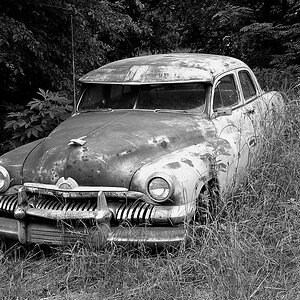Garbz
No longer a newbie, moving up!
- Joined
- Oct 26, 2003
- Messages
- 9,713
- Reaction score
- 203
- Location
- Brisbane, Australia
- Website
- www.auer.garbz.com
- Can others edit my Photos
- Photos NOT OK to edit
Changing bad won't be a problem. I am too busy to develop during the day anyway and light isn't an issue at night. I'm pretty confident I can thread the reel without fogging.
Helen thanks for that. I think I'll start with Kodak D-76 I can get that for $8 and see if my darkroom leads anywhere and work from there.
I was under the impression that developers were film specific but it looks like they are only process specific (correct?).
Anyway with regards to fixing agents it looks like the local photo store stocks all the various kodak developers, hypo cleaning agents, drying aids, but none of the fixers. I'll probably be buying an Ilford Hypam fixer at this point, unless someone can suggest a good reason not to.
Thankyou all for the help so far
Helen thanks for that. I think I'll start with Kodak D-76 I can get that for $8 and see if my darkroom leads anywhere and work from there.
I was under the impression that developers were film specific but it looks like they are only process specific (correct?).
Anyway with regards to fixing agents it looks like the local photo store stocks all the various kodak developers, hypo cleaning agents, drying aids, but none of the fixers. I'll probably be buying an Ilford Hypam fixer at this point, unless someone can suggest a good reason not to.
Thankyou all for the help so far


 Use the drop-down windows on the left side column.
Use the drop-down windows on the left side column. 
![[No title]](/data/xfmg/thumbnail/38/38737-350089c7ae87f5c983c5362b9b78b671.jpg?1619738703)









